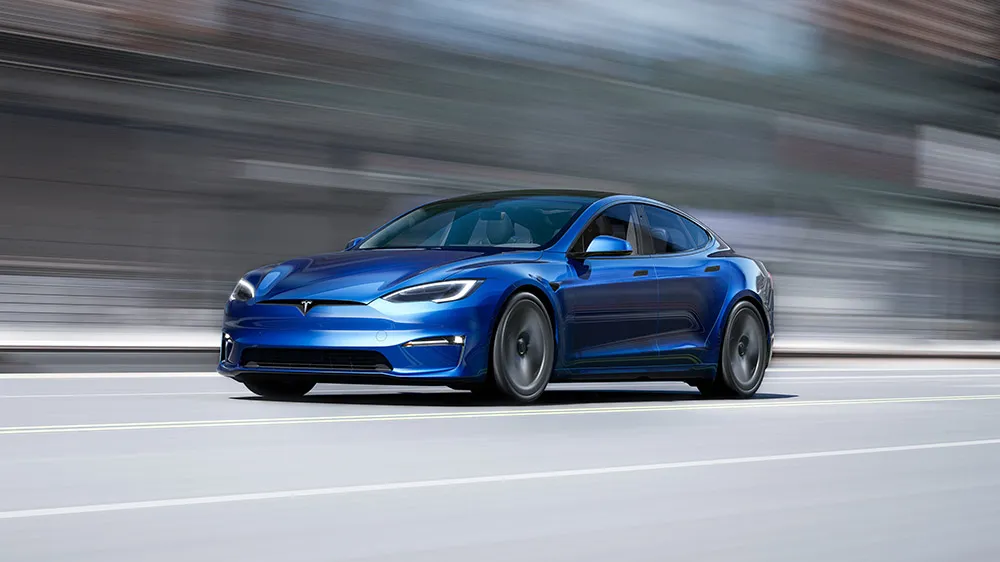Hey there!
A sea change is occurring in the electric vehicle (EV) industry. After years of dominance from Tesla, the sector is witnessing a flood of new players and fiercer rivalry than ever before. The recent decline of Tesla’s market share below 50% is indicative of changing customer tastes and the emergence of strong competitors.
Changing Market Dominance: The Story of Tesla
Innovativeness and Early Leadership
With ground-breaking models such as the Model S, Model X, and Model 3, Tesla was a pioneer in the electric vehicle market. They won over a devoted following because to ground-breaking innovation, top-notch performance, and eye-catching design. The company’s intentions for rapid growth and investments in infrastructure, including the Supercharger network, have only served to strengthen its grip on the industry.
Issues and Changes in the Market
Tesla has a long road ahead of them, despite its early successes. Its capacity to preserve market dominance has been affected by supply chain interruptions, rising manufacturing costs, and regulatory challenges. Furthermore, Tesla’s market share has been diminished due to the increasing number of competitors offering similar or even better products at competitive rates.
The Arrival of Upstart Rivals Long-Standing Automakers Rivalry Emerges Veteran manufacturers of automobiles such as Volkswagen, General Motors, and Ford have had great success in the electric vehicle market. In order to create top-notch electric vehicles, these corporations make use of their vast manufacturing knowledge, well-established supply chains, and worldwide presence. Consumers have taken an interest in and given good evaluations to models like the Ford Mustang Mach-E, Chevrolet Bolt, and Volkswagen ID.4.
Fresh Entrants and Forward-Thinking Startups
The electric vehicle sector is also seeing the rise of a number of new companies. Rivian, Lucid Motors, and Fisker are among the companies releasing groundbreaking models that catch the eye of many consumers. Notable for their outstanding performance, range, and design, the R1T pickup truck from Rivian and the Air car from Lucid Motors have both attracted a lot of attention. These upstarts are testing the limits of electric vehicle technology and posing a threat to Tesla.
Trends in the Market and Customer Preferences
Rising Interest in a Variety of Products and Services
Electric vehicle options are becoming increasingly important to consumers. Electric vehicles are becoming more popular in several market groups, including SUVs, trucks, and luxury cars, as people become more environmentally conscious and prioritize sustainability. Competition from other manufacturers’ varied models has increased customer choice, which in turn has affected Tesla’s market share.
New Developments in Technology
The electric vehicle industry is experiencing a metamorphosis due to developments in connectivity, autonomous driving, and battery technology. Businesses are pouring resources into R&D to bring innovative features that improve the driving experience. One of the most important reasons for the expansion of the electric vehicle market is the development of more efficient batteries and charging infrastructure.
The Response and Expansion of Tesla’s Strategic Domain
Tesla is broadening its product offerings and boosting its global footprint in reaction to the rising level of competition. New market niches are being targeted by the introduction of the Cybertruck and the expected releases of the Tesla Semi and Roadster. Furthermore, it is anticipated that Tesla’s Gigafactories in Shanghai and Berlin will increase production capacity while decreasing costs.
Place an Emphasis on New Technologies and Ideas
Innovation in technology remains a top priority for Tesla, who sees it as a competitive advantage. To stay ahead of the competition, the company relies on its innovations in autonomous driving, energy storage, and artificial intelligence. Energy items and software like Tesla’s Full Self-Driving (FSD) offerings (Powerwall, Solar Roof, etc.) demonstrate the company’s dedication to innovation.
Prognosis and Forecasts for the Market
Possibilities and Growth Prospects
Promising government policies, rising consumer awareness, and technological improvements are expected to fuel the worldwide EV market’s substantial growth in the next years. By staying ahead of the curve and responding to customer needs, Tesla and other car companies can take advantage of this expansion.
Problems and Questions
There are obstacles in the EV market. Constraints in the supply chain, unpredictable raw material pricing, and red tape all work against long-term expansion. Businesses face these obstacles when trying to meet customer expectations and keep up with technology developments.
In summary
A mature electric vehicle market marked by increased competition and changing customer tastes is reflected in Tesla’s dwindling market share. Tesla and other manufacturers face both possibilities and threats from new rivals and technical advancements. Companies that emphasize innovation, diversity, and strategic expansion will most likely be the ones to lead the electric car revolution in its next phase as the industry keeps changing.







